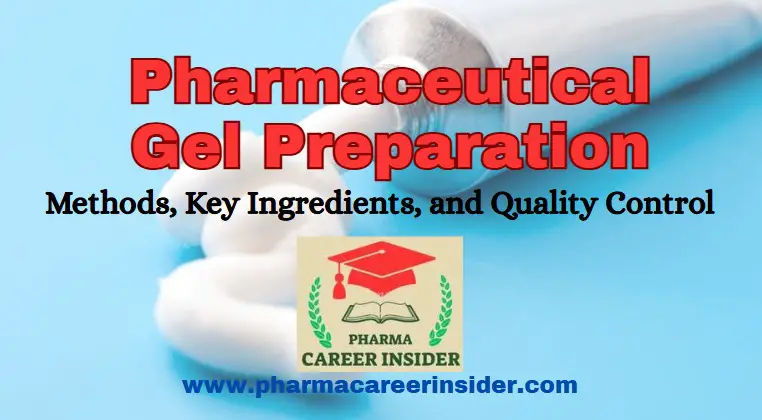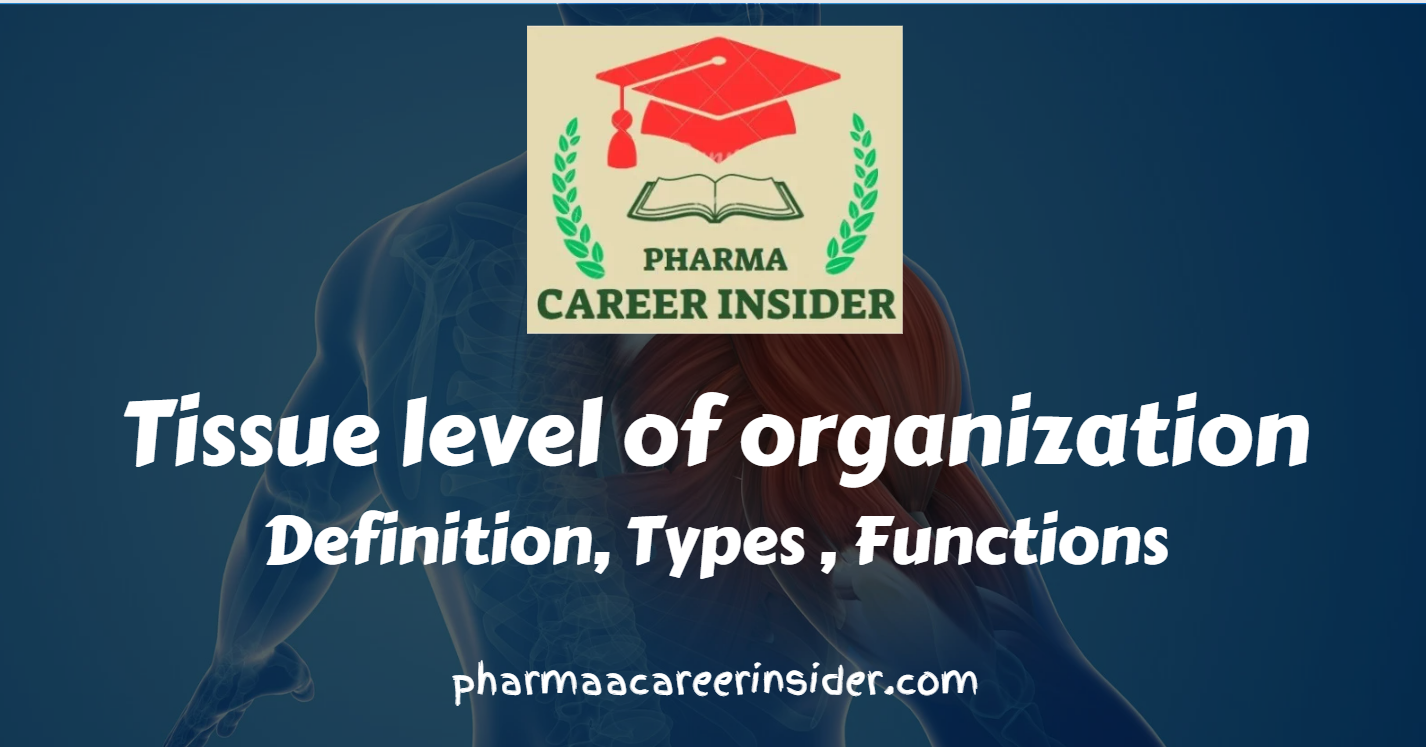Pharmaceutical gels are widely used in topical and transdermal drug delivery. Their semi-solid nature, ease of application, and effective drug absorption make them essential in various medical treatments. From pain relief gels to dermatological applications, these formulations provide an efficient method for delivering active pharmaceutical ingredients (APIs) directly to the affected area.
In this detailed guide, we will explore the different types of pharmaceutical gels, the key ingredients involved, preparation methods, and quality control measures. We will also discuss real-world case studies and frequently asked questions related to pharmaceutical gel formulations.
What are Pharmaceutical Gels?
Gels are semi-solid systems in which a liquid phase is thickened by a gelling agent, forming a structured network. They are classified based on their solvent type and physical properties.
Role of Gels in Modern Drug Delivery Systems
Gels have gained popularity due to their superior drug penetration, spreadability, and non-greasy texture compared to ointments and creams. They provide controlled drug release, making them effective for both localized and systemic absorption.
Why Are Gels Preferred?
- Rapid Absorption: Faster drug penetration compared to creams and ointments.
- Better Patient Compliance: Non-sticky and easy to apply.
- Customizable Formulations: They can be formulated for water-soluble or lipid-soluble drugs.
Applications of Pharmaceutical Gels
- Pain relief: Diclofenac gel for arthritis and muscle pain.
- Antifungal treatment: Clotrimazole gel for fungal infections.
- Acne therapy: Benzoyl peroxide gel for acne treatment.
- Wound healing: Hydrogel formulations for burns and ulcers.
Comparison of Gels with Other Topical Formulations (Ointments, Creams, and Lotions)
Pharmaceutical gels differ from other topical formulations based on their base composition, spreadability, and absorption properties
Table: Comparison of Gels with Other Topical Formulations (Ointments, Creams, and Lotions)
| Property | Gels | Creams | Ointments | Lotions |
| Base | Water or alcohol-based | Oil & water emulsion | Oil-based | Water-based |
| Texture | Smooth, transparent, or opaque | Thick, emulsified | Thick, greasy | Fluid, easy to spread |
| Absorption | Fast | Moderate | Slow | Fast |
| Occlusiveness | Low | Moderate | High | Low |
| Best for | Fast action, non-greasy feel | Hydration, moderate spreadability | Skin protection, deep penetration | Large surface application |
Gels are ideal when fast absorption and non-greasy application are required, whereas creams and ointments are more suitable for longer retention on the skin.
How to Select the Right Gelling Agent for Formulation?
A gelling agent determines the texture, viscosity, and stability of pharmaceutical gels. The right selection depends on drug compatibility, desired consistency, and application type.
Common Gelling Agents
- Carbopol (Carbomer): Provides high viscosity and transparency and is used in hydrogels.
- Xanthan Gum: Enhances stability and water retention, used in bioadhesive gels.
- Hydroxyethyl Cellulose (HEC): Non-ionic polymer for clear gels with smooth texture.
- Lecithin: Used in organogels for drug penetration enhancement.
Factors for Choosing a Gelling Agent
- Solubility: Water-soluble or oil-soluble, based on drug nature.
- Stability: Should maintain gel structure over time.
- pH Sensitivity: Some agents require pH adjustment for optimal viscosity.
Types of Gels
- Hydrogels – Contain water as the primary solvent, making them hydrophilic and easily washable. Examples: Carbopol gels, hydroxypropyl methylcellulose (HPMC) gels.
- Organogels – Consist of an organic solvent or oil base, enhancing occlusion and improving drug penetration. Examples: Lecithin-based gels, petroleum jelly-based gels.
- Xerogels – Formed by drying a gel, leaving behind a solid or semi-solid residue. Examples: Gelatin-based wound dressings.
- Emulgels – Combines gel and emulsion properties, often used in anti-inflammatory and antifungal medications. Examples: Diclofenac emulgel, ketoconazole emulgel.
Key Ingredients in Pharmaceutical Gel Formulation
A pharmaceutical gel contains essential components that determine its consistency, stability, and therapeutic efficacy.
1. Active Pharmaceutical Ingredient (API)
The drug component provides therapeutic action. For example:
- Diclofenac – Used in anti-inflammatory gels.
- Clotrimazole – Common in antifungal gels.
- Lidocaine – Found in anesthetic gels for pain relief.
2. Gelling Agents
Provide viscosity and structural stability to the formulation.
- Carbopol 940 – Used for transparent gels with good spreadability.
- Hydroxyethyl Cellulose – Forms a smooth-textured gel.
- Xanthan Gum – Provides natural thickening.
3. Solvent or Base
Acts as a medium for API dispersion.
- Purified water – Primary solvent in hydrogels.
- Ethanol – Used in alcohol-based gels for quick evaporation.
- Propylene Glycol – Helps in drug solubilization.
4. Penetration Enhancers
Improve API absorption through the skin.
- Dimethyl Sulfoxide (DMSO) – Increases drug permeability.
- Menthol – Acts as a cooling agent and penetration enhancer.
- Urea – Helps in hydration and absorption.
5. Preservatives
Prevent microbial contamination.
- Methylparaben – Widely used in pharmaceutical gels.
- Benzalkonium Chloride – Ensures long shelf-life.
6. pH Adjusters
Maintain formulation stability and skin compatibility.
- Citric Acid – Adjusts pH to acidic levels.
- Sodium Hydroxide – Balances alkalinity.
Pharmaceutical Gel Preparation Methods
The method of gel preparation depends on the type of gel and the stability required.
1. Cold Dispersion Method
Used for temperature-sensitive ingredients.
- Steps:
- Disperse the gelling agent in purified water under continuous stirring.
- Allow hydration for several hours.
- Add API, penetration enhancers, and other excipients.
- Adjust pH and viscosity before final packaging.
2. Hot Dispersion Method
Used for organogels and hydrogels that require heat activation.
- Steps:
- Heat the solvent to 50-80°C.
- Disperse the gelling agent while stirring.
- Cool the mixture and add API and preservatives.
- Adjust pH and viscosity.
3. Emulgel Preparation
Used for topical anti-inflammatory and antifungal medications.
- Steps:
- Prepare the oil and water phases separately.
- Mix both phases under high-speed homogenization.
- Incorporate the gelling agent to stabilize the emulsion.
- Adjust pH and viscosity.
Regulatory Guidelines for Pharmaceutical Gel Manufacturing
Pharmaceutical gels must comply with FDA, EMA, and ICH guidelines to ensure safety, efficacy, and quality.
Key Regulatory Aspects
- Good Manufacturing Practices (GMP): GMP ensures cleanliness and consistency.
- Stability Testing: Required for approval to ensure shelf-life stability.
- Microbial Contamination Tests: Gels must be free from harmful bacteria and fungi.
Compliance with these regulations prevents batch failures, recalls, and legal issues.
Quality Control of Pharmaceutical Gels
Ensuring stability and efficacy is crucial in pharmaceutical gel formulation. The following tests are performed:
- Appearance and Clarity – The gel should be clear, homogenous, and free from visible particles.
- pH Measurement – Must be within skin-friendly range (4.5-6.5).
- Viscosity and Spreadability – Ensures smooth application and absorption.
- Drug Content Uniformity – Confirms even drug distribution.
- Stability Testing – Evaluates physical and chemical stability over time.
- Microbial Contamination Test – Ensures the gel is free from harmful microorganisms.
Case Studies on Pharmaceutical Gel Applications
Case Study 1: Diclofenac Emulgel for Pain Relief
A 2020 study in the Journal of Drug Delivery Science and Technology found that diclofenac emulgel provided 30% faster pain relief compared to traditional ointments due to enhanced drug penetration.
Case Study 2: Aloe Vera Hydrogel for Wound Healing
A clinical trial demonstrated that Aloe vera hydrogel improved wound healing rates by 40% compared to standard treatments, showing better moisture retention and antibacterial properties.
Advancements in Gel-Based Drug Delivery: A Look at Future Trends
Pharmaceutical gels are evolving with innovations in nanotechnology, bioadhesive materials, and smart polymers.
Emerging Trends
- Nanogels: Improve drug targeting at the molecular level.
- Temperature-sensitive Gels: Release drugs at specific temperatures.
- Bioadhesive Gels: Enhance drug retention on the skin or mucosal surfaces.
Such advancements are paving the way for personalized medicine and improved patient outcomes.
Challenges in Large-Scale Manufacturing of Pharmaceutical Gels
Producing gels at an industrial scale presents challenges in consistency, cost, and quality assurance.
Major Manufacturing Issues
- Batch Variability: Requires strict process control.
- Air Bubble Formation: Affects smooth application and stability.
- Raw Material Cost: High-quality polymers and APIs increase expenses.
Solutions for Large-Scale Production
- Use vacuum mixers to remove air bubbles.
- Implement automated viscosity control for consistency.
- Optimize supply chain for cost-efficient sourcing of ingredients.
Frequently Asked Questions (FAQs)
1. What is the difference between gels and creams?
Answer: Gels are water-based, non-greasy, and absorb quickly, whereas creams are emulsions of oil and water with a thicker texture.
2. Why are penetration enhancers used in gels?
Answer: They improve drug absorption through the skin, enhancing therapeutic effects.
3. What are the best gelling agents for pharmaceutical gels?
Answer: Common gelling agents include Carbopol 940, hydroxyethyl cellulose, and xanthan gum.
4. How can the stability of gels be improved?
Answer: Stability can be enhanced by using proper pH adjusters, preservatives, and optimal packaging.
5. What are some examples of medicated gels?
Answer: Examples include diclofenac gel (pain relief), clotrimazole gel (antifungal), and benzoyl peroxide gel (acne treatment).



